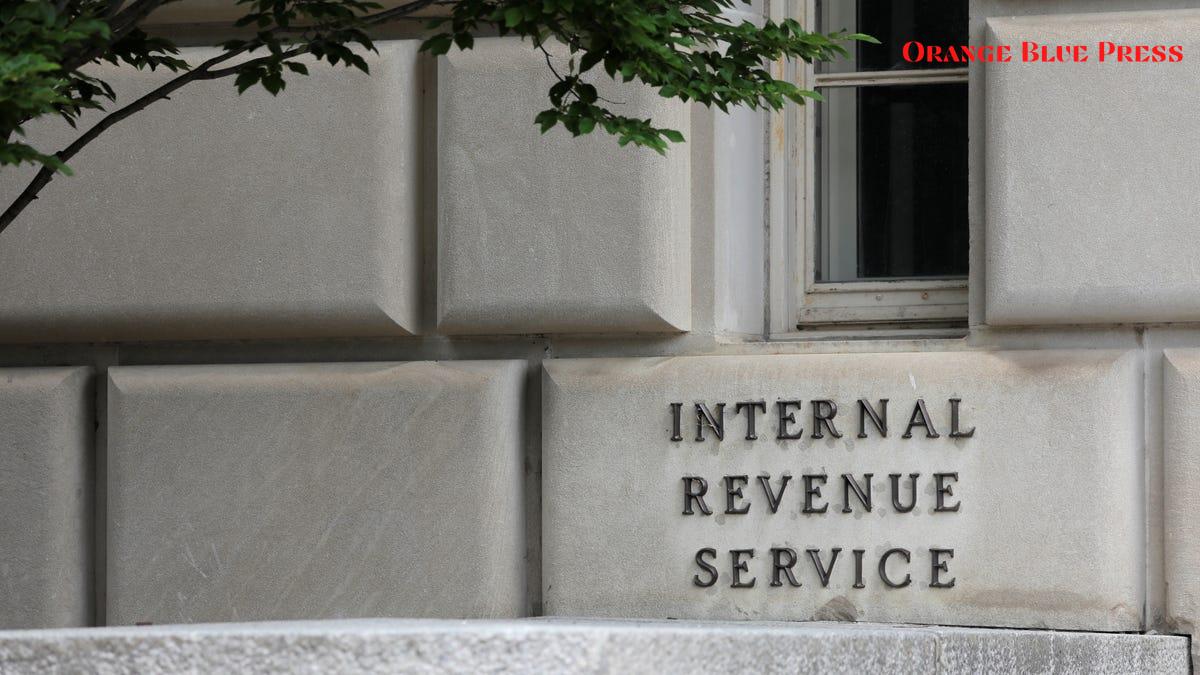The Internal Revenue Service (IRS) has announced important changes to tax brackets and deductions for the 2024 tax year, helping Americans better prepare for filing season. These adjustments, aimed at offsetting the impacts of inflation, are designed to ease the process for taxpayers across the country.
Understanding the Tax Brackets for 2024
The IRS revealed that the tax brackets will range from 10% to 37% for the year 2024. This means that depending on how much money you make, you’ll pay a different percentage of your income as taxes. Here’s a quick look at the brackets:
| Tax Rate | Taxable Income |
|---|---|
| 10% | $0 to $11,000 |
| 12% | $11,001 to $44,725 |
| 22% | $44,726 to $95,375 |
| 24% | $95,376 to $182,100 |
| 32% | $182,101 to $231,250 |
| 35% | $231,251 to $578,125 |
| 37% | $578,126 and above |
Increased Standard Deductions
For many taxpayers, taking the standard deduction is the easiest option. For the 2024 tax year, the standard deduction has increased. Here are the new amounts:
- Single Filers: $14,600
- Married Couples Filing Together: $29,200
- Heads of Household: $21,900
This means you can deduct these amounts from your taxable income, which can result in a lower tax bill!
Higher Earned Income Tax Credit (EITC)
The Earned Income Tax Credit is a benefit for people who work and have low to moderate income. The maximum EITC for 2024 has increased to:
- $7,830 for taxpayers with three or more qualifying children.
This credit can help taxpayers keep more of their hard-earned money, and it encourages people to work!
Alternative Minimum Tax (AMT) Changes
The Alternative Minimum Tax is a special tax designed to ensure that everyone pays at least a minimum amount of tax, regardless of deductions. For 2024, the AMT exemption has also increased. This will help more taxpayers avoid paying this extra tax.
Your Health Savings Account (HSA) Contributions
If you have a Health Savings Account (HSA), you’re in luck! The contribution limits for HSAs have been increased for 2024. This means you can put away more money for healthcare expenses. Here are the contribution limits:
- Self-Only Coverage: $3,850
- Family Coverage: $7,750
This is an excellent opportunity to save for future healthcare costs!
What to Expect for Tax Year 2025
Looking ahead, the IRS has also announced changes for tax year 2025. Tax brackets will rise again, reflecting continued adjustments for inflation. The maximum EITC will also increase, allowing more support for families with qualifying children.
It’s important for everyone to stay informed about these changes, as they can significantly impact your tax return. Make sure to gather your documents early and consider speaking with a tax professional if you have questions. Preparation is key to making this tax season a smooth experience!




















